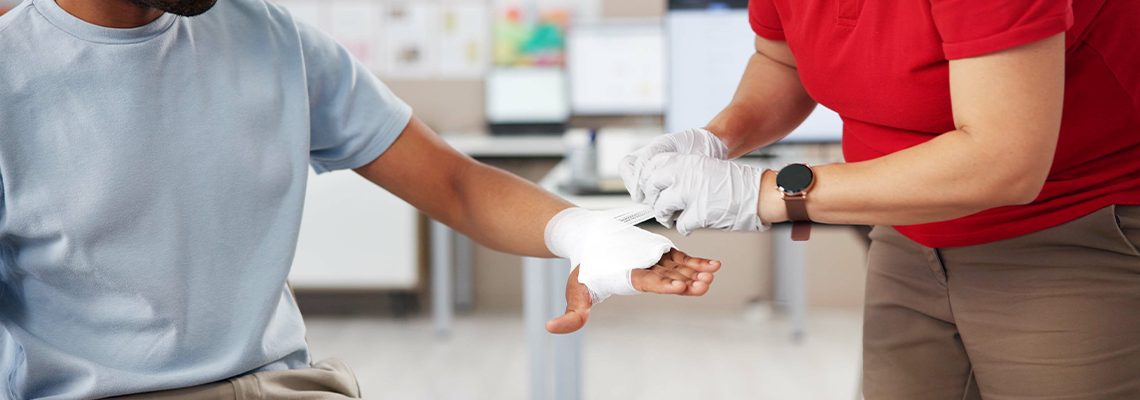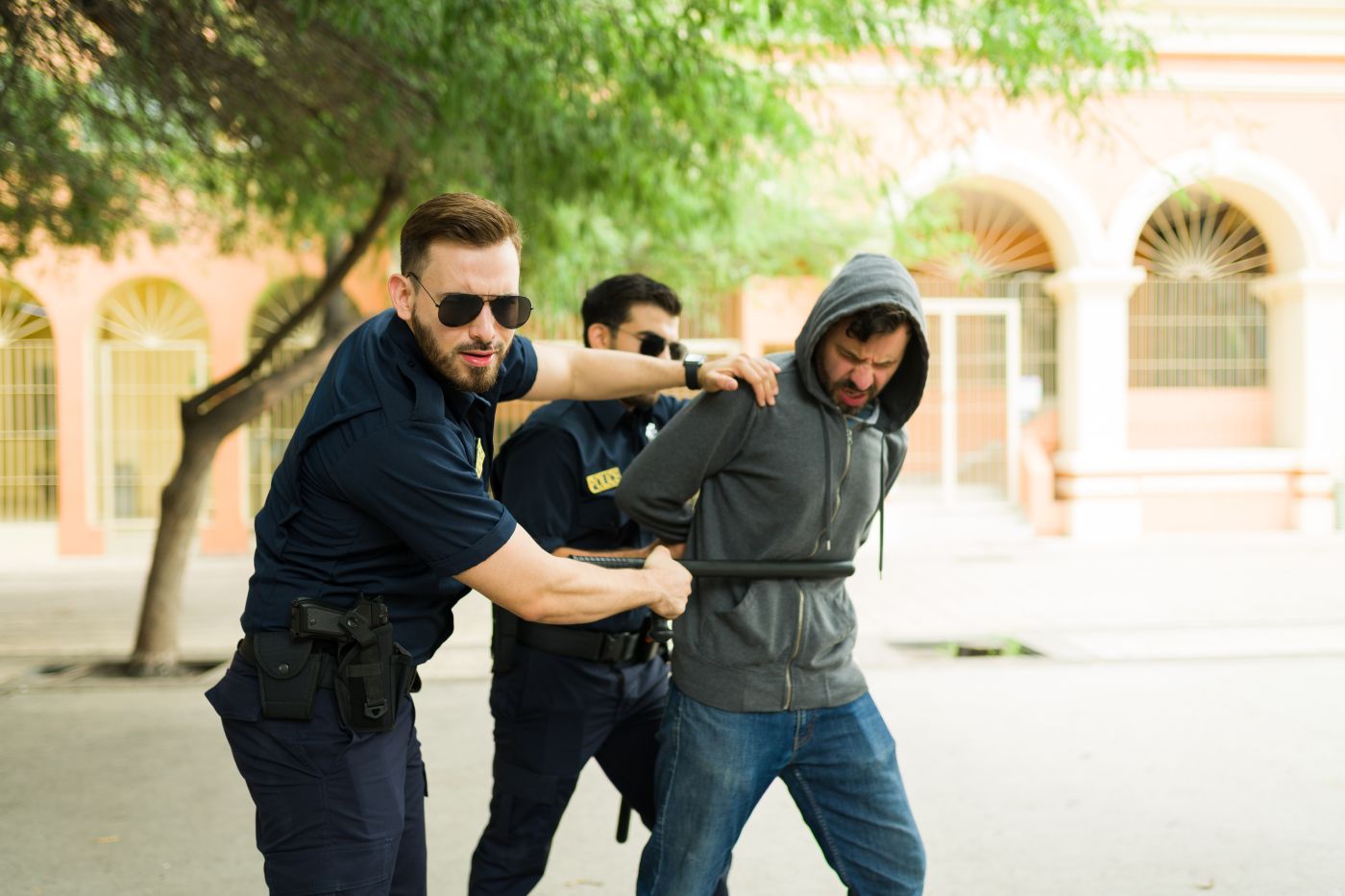
Multi-car accidents, often referred to as pileups, are among the most chaotic and devastating types of crashes on the road. With multiple vehicles involved and a complicated web of responsibility, these collisions raise a critical question for injury victims: Who pays when multiple drivers are at fault?
If you’ve been injured in a multi-car accident, determining fault and recovering compensation isn’t always straightforward. At The McCallister Law Firm, P.C., in Kansas City, Missouri, our personal injury attorney can help. Here, we’ll guide you through everything you need to know about liability, insurance, and compensation after being injured in a multi-car pileup.
What Is a Multi-Car Pileup?
A multi-car pileup typically involves three or more vehicles crashing in succession. These accidents frequently occur on highways, during inclement weather, or in high-speed traffic situations where one collision causes a chain reaction. The result of multi-car accidents can be devastating, and includes the following:
Significant vehicle damage
Serious injuries or fatalities
Multiple insurance claims
Complicated liability issues
Because of the number of drivers, vehicles, and injuries involved, police, insurers, and attorneys all play crucial roles in investigating the crash and determining who is legally responsible.
For injury victims, having experienced legal representation can make all the difference. If you’re in this situation, contact The McCallister Law Firm, P.C. to discuss your case.
Common Causes of Multi-Car Accidents
To understand liability in a multi-car crash, it helps to consider what typically causes these accidents. These collisions are rarely the result of a single error. Instead, they often involve a combination of poor driving decisions, environmental factors, and unfortunate timing. Identifying the root causes of a pileup is essential to determining who may be at fault and to what extent.
Tailgating: When drivers follow too closely, they can’t stop in time to avoid hitting the car in front.
Distracted Driving: Texting, eating, or other distractions can delay reaction times and lead to crashes.
Speeding: Higher speeds reduce the time available to react and increase stopping distances.
Weather Conditions: Rain, fog, snow, and ice create slippery roads and low visibility.
Chain Reactions: One collision can quickly cause several others if drivers aren’t able to brake or swerve in time.
Poor Road Conditions: Potholes, construction zones, and unclear signage can contribute to driver error.
In many pileups, multiple drivers contribute to the crash through a combination of these factors. One driver’s mistake may trigger a chain reaction, but others may have failed to take reasonable precautions that could have prevented further collisions. A thorough investigation into all contributing causes is necessary to establish liability and pursue fair compensation.
How Is Fault Determined in a Multi-Car Pileup?
Determining fault in a pileup is a complicated and often contentious process. The investigation typically involves reviewing police reports, gathering witness statements, analyzing dash cam or traffic camera footage, assessing the pattern of vehicle damage, and consulting accident reconstruction experts.
The primary objective of the investiagation is to identify which drivers acted negligently and how their actions - or inactions - contributed to the chain of collisions. In some cases, a single driver may be entirely at fault, such as when one vehicle crashes into a line of stopped cars at high speed, triggering a domino effect.
It’s far more common for liability to be shared among multiple drivers. For example, while one driver may have initiated the crash by rear-ending another, a second driver might also be partially responsible for following too closely or speeding. In many states, the legal doctrine of comparative negligence applies, which allows fault to be divided among the parties involved.
What Is Comparative Negligence?
Comparative negligence is a legal principle that allows an injured person to recover compensation even if they’re partially at fault for the accident. This allows for responsibility for an accident to be shared among multiple parties, including the victim. However, the amount of compensation the injured party can receive is typically reduced based on their degree of fault.
There are two main types of comparative negligence that states follow. Under pure comparative negligence, an injured person can recover damages regardless of how much they were at fault, even if they were 99% responsible. However, their compensation will be reduced in proportion to their level of fault.
On the other hand, modified comparative negligence allows a person to recover damages only if they were less than a certain threshold of fault, usually 50% or 51%, depending on the state. For example, if you suffered $100,000 in damages from a multi-car accident and were found to be 20% at fault, you would still be entitled to recover 80% of your damages, or $80,000.
Who Pays for Your Injuries in a Multi-Car Pileup?
After a multi-car accident, figuring out who pays for your injuries and property damage can be overwhelming. Determining which policies cover which damages - and in what amounts - requires a careful review of fault, state insurance laws, and the types of coverage available to you. The possibilities for who pays include:
Other Drivers’ Insurance Policies: Each responsible party’s insurance may be liable for a portion of your losses, depending on their share of the fault.
Your Own Insurance: Even if other drivers are at fault, your own insurance coverage may help you recover compensation faster, especially in no-fault states or if delays occur in determining liability.
Multiple Policies: In many multi-car crashes, responsibility is divided among several drivers. As a result, you may need to file claims against multiple insurance policies to recover the full amount of your damages.
Understanding how compensation works in a multi-car accident is critical to making sure you don’t pay out of pocket for someone else’s negligence. An experienced personal injury attorney can help identify all potential sources of recovery, deal with multiple insurers, and maximize the amount you receive for your injuries and losses.
Challenges in Multi-Car Accident Claims
Because multiple parties are involved in a multi-car accident, several complications can arise during the claims process. One of the most common issues is disputes over fault - insurance companies may deny responsibility or argue about which driver was primarily to blame. These disagreements can delay the resolution of claims and may result in lower settlement offers.
Another problem is insufficient coverage. If multiple people are injured and several claims are filed against one at-fault driver’s insurance policy, the coverage limits can be quickly exhausted, leaving victims without full compensation. In such cases, injured parties may need to turn to their own insurance policies or seek compensation from other at-fault drivers.
Additionally, drivers and their insurers often engage in finger-pointing, each trying to shift blame to reduce their own financial liability. In such situations, having skilled legal representation is essential to protect your rights, work through complicated liability issues, and make sure you pursue every available source of compensation.
Contact a Personal Injury Lawyer Today
Being injured in a multi-car accident is overwhelming, both physically and financially. With so many drivers involved, figuring out who pays can be complicated, but you don’t have to face it alone. At The McCallister Law Firm, P.C., we help clients in Kansas City, Missouri and the surrounding areas who have been injured in multi-car accidents. If you've been hurt in a pileup, contact us today so we can help you move forward.



